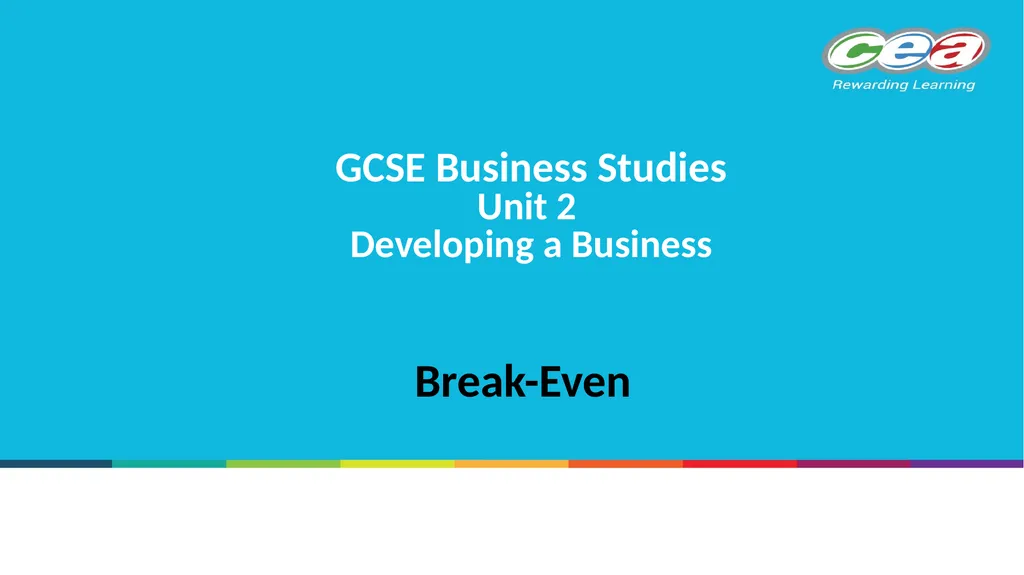
Author : tatiana-dople | Published Date : 2025-06-27
Description: GCSE Business Studies Unit 2 Developing a Business Break-Even Learning Outcomes Students should be able to: calculate break-even both graphically and by formula explain the significance of the break-even point distinguish between fixed andDownload Presentation The PPT/PDF document "" is the property of its rightful owner. Permission is granted to download and print the materials on this website for personal, non-commercial use only, and to display it on your personal computer provided you do not modify the materials and that you retain all copyright notices contained in the materials. By downloading content from our website, you accept the terms of this agreement.
Here is the link to download the presentation.
"GCSE Business Studies Unit 2 Developing a Business"The content belongs to its owner. You may download and print it for personal use, without modification, and keep all copyright notices. By downloading, you agree to these terms.












